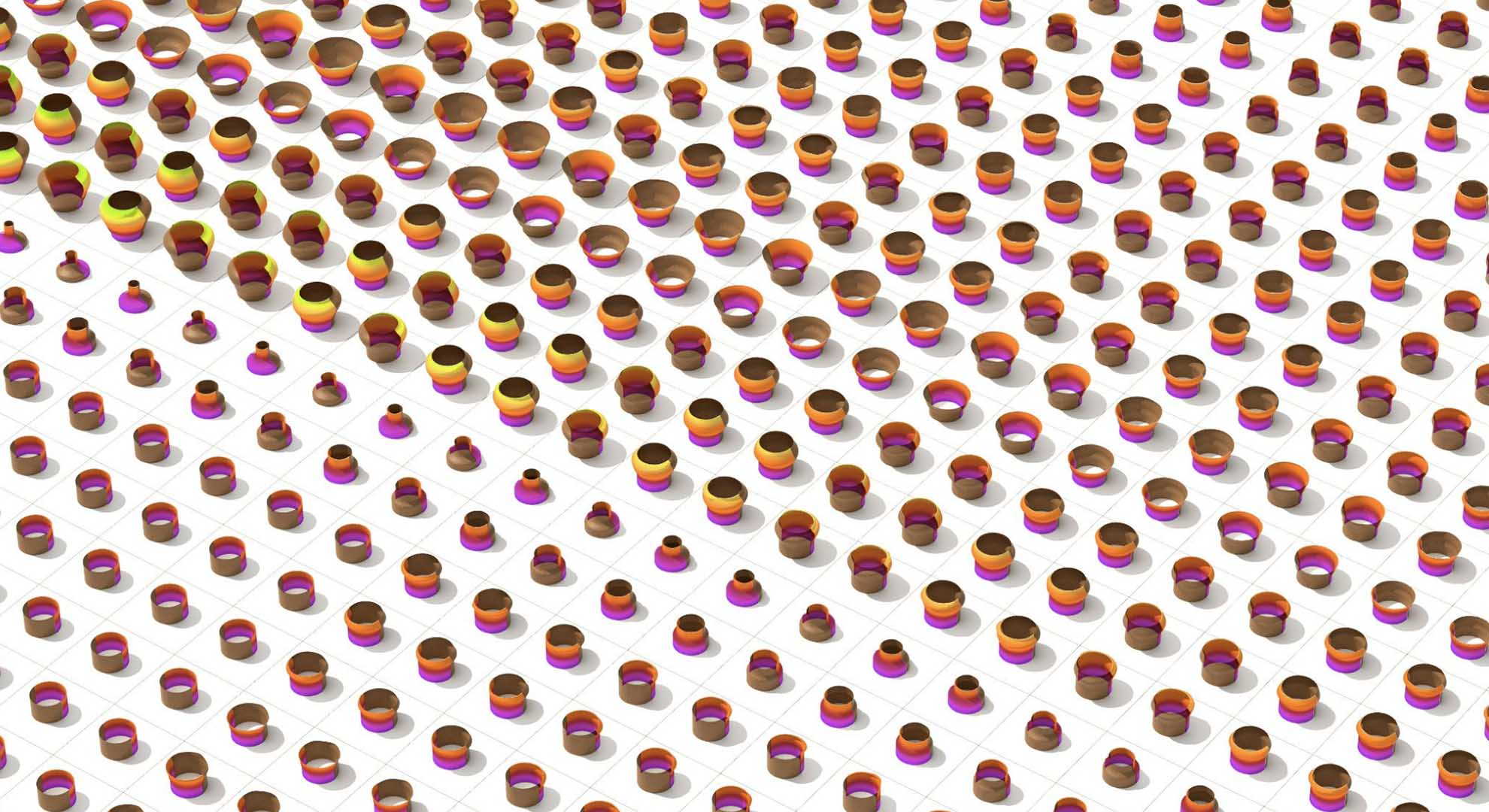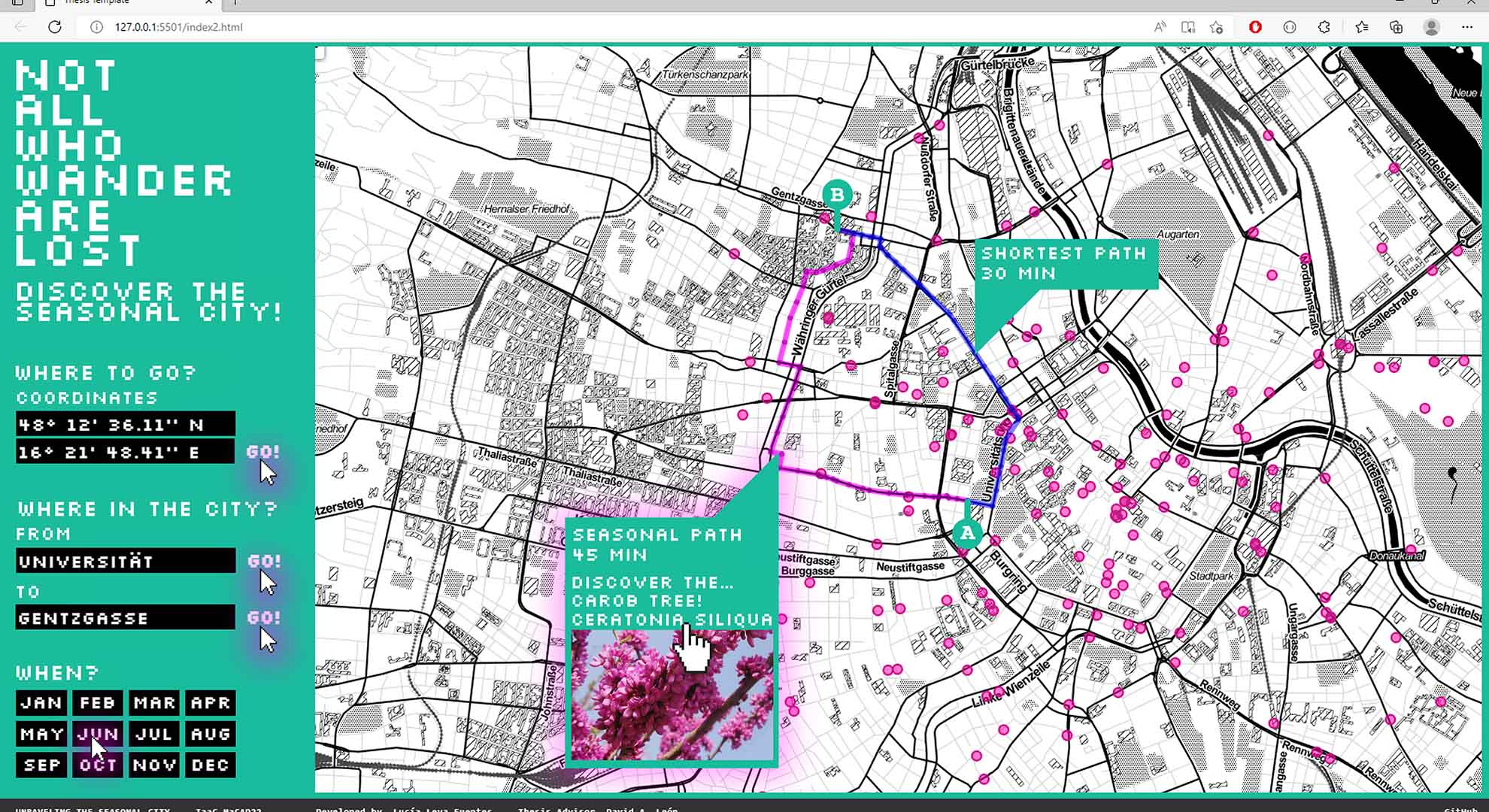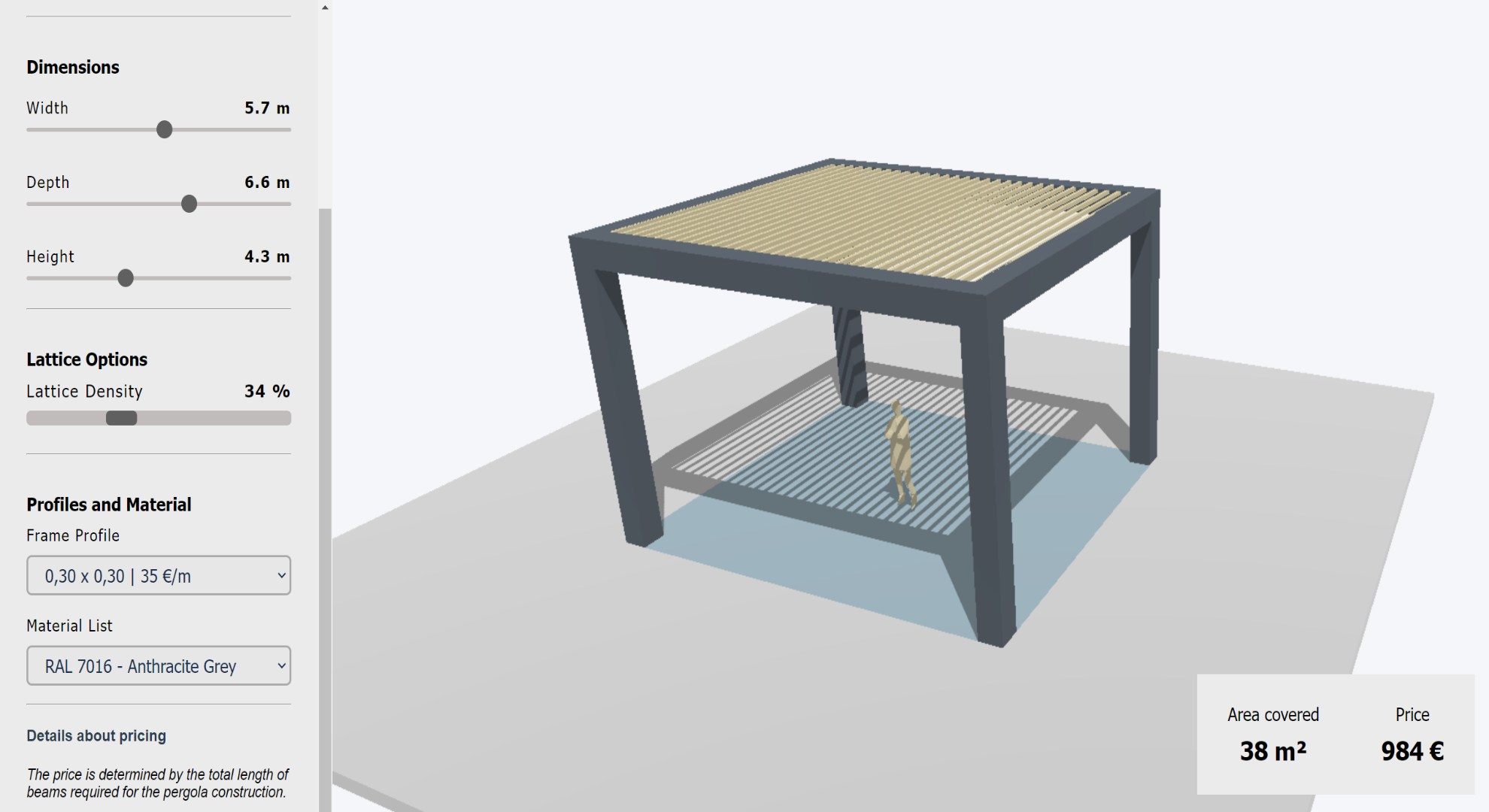Lowering the Technological Barrier for Architecture and Design
How computational design can enable widespread innovation
In an era where technological advancements unfold at an unprecedented pace, it's crucial to recognize how these changes are reshaping industries, particularly architecture and design. A plethora of data underscores this rapid evolution. For instance, global spending on digital transformation is expected to see a significant increase over the coming years, demonstrating a robust annual growth rate since 2019. This monumental investment is driving innovation across various sectors, highlighting a pivotal shift towards more technologically integrated practices.
The influence of technology in architecture and design is profound and multifaceted. Traditional methods are being augmented or replaced by cutting-edge technologies, transforming how structures are conceived, designed, and constructed. Digital tools and software are streamlining complex processes, from conceptualization to execution, enabling practitioners to push the boundaries of creativity and efficiency. This digital revolution is enhancing the precision and capabilities of professionals in the field and redefining the fabric of architectural and design innovation.

Imaginary Vessels, Machine Learning digital dataset creation for robotic pottery, Quinteros, Cami; Shawqy, Hesham; Rossi, Gabriella, et al. Image courtesy MaCAD/IAAC
Artificial intelligence (AI) is revolutionizing architecture and design by offering a broad range of applications, from predicting urban trends through machine learning to enhancing software interaction via natural language processing. AI currently shines in generative design, using large datasets to generate diverse, optimized solutions for sustainability, cost, and structural integrity. Additionally, AI analytics are transforming site analysis and feasibility studies with previously unreachable insights from complex data. This integration of AI promises to enrich the creative process and boost efficiency, accuracy, and innovation, heralding an era where technology and creativity merge.
Despite these advancements, a significant barrier remains in place: the accessibility of such technologies is not always as ubiquitous as their proliferation. Many designers, particularly those in smaller firms or those accustomed to traditional approaches, find themselves estranged from the latest technological tools. The steep learning curves, high costs of software and hardware, and the lack of intuitive interfaces make it challenging for a broad segment of the architecture and design community to embrace these innovations. This technological divide not only stifles creativity and efficiency but also widens the gap between those who can leverage technology and those who cannot.

Seasonal City, Lucia Leva, David Andrés León, MaCAD Master Thesis. Image courtesy MaCAD/IAAC
Recent studies support this concern, showing that only a fraction of small to medium-sized enterprises in the architecture and design sectors have fully integrated advanced digital tools into their workflows. A survey revealed that less than 20% of SMEs have adopted BIM technologies to their full potential, citing barriers such as cost, training requirements, and the perceived complexity of transitioning to new systems. This data underscores the need for more accessible technological solutions that can democratize innovation across the industry.
The key to bridging this gap may lie in the development of user-friendly interfaces and more accessible technological platforms. By simplifying the interaction with complex technologies, software developers and tech companies can empower a wider range of professionals to harness the power of AI, VR, AR, and BIM. Educational initiatives and simplified training programs can further ease the transition, ensuring that the benefits of digital transformation are within reach of all, regardless of their technical proficiency or the size of their operation. This approach not only levels the playing field but also fosters a more inclusive and innovative architectural and design landscape.

EcoFrame, Georgios Grigoriadis, MaCAD Cloud Based Data management seminar. Image courtesy MaCAD/IAAC
In the face of a growing demand for accessible technology in these fields, the role of computational designers has become increasingly instrumental and appealing. This particular specialization of the design domain is dedicated to developing innovative tools and user-friendly interfaces for complex technologies, effectively bridging the gap between advanced digital tools and their users. By leveraging a thorough understanding of both technology and design requirements, computational designers tailor design tools to be more approachable and less intimidating. This facilitates an easier adoption for those accustomed to traditional methods and encourages a wider range of designers to incorporate advanced technologies into their projects. This role marks a significant shift towards greater inclusivity and efficiency by unlocking the full potential of technology to inspire innovation and creativity.
As we navigate through an era of unparalleled technological advancement, the architecture and design domains find themselves at the forefront of a digital renaissance. However, the promise of this new era hinges on our ability to lower technological barriers, making advanced tools accessible to a wider audience. The emergence of computational designers, capable of providing user-friendly interfaces for complex technologies, represents a crucial step in this direction. This ethereal new role is key to bridging the divide, ensuring that architects and designers can harness the full spectrum of digital innovations regardless of their technical proficiency. Through intuitive design and focused efforts on user accessibility, the future of architecture and design is poised to be one of inclusivity, creativity, and efficiency, where technology serves as a catalyst for innovation, rather than a hurdle to overcome.
Main image: AI generated. Image courtesy Dall-E 2
Video: Interactive Design Space Exploration with VAE, Aleksandra Jastrzebska, David Andrés León, MaCAD Master Thesis. Video courtesy MaCAD/IAAC
